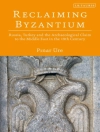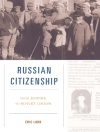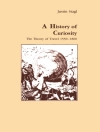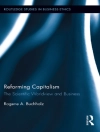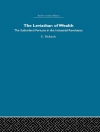In urban studies, the nineteenth century is the 'age of great cities.’ In feminist studies, it is the era of the separate domestic sphere. But what of the city’s homes? In the course of answering this question,
Apartment Stories provides a singular and radically new framework for understanding the urban and the domestic. Turning to an element of the cityscape that is thoroughly familiar yet frequently overlooked, Sharon Marcus argues that the apartment house embodied the intersections of city and home, public and private, and masculine and feminine spheres.
Moving deftly from novels to architectural treatises, legal debates, and popular urban observation, Marcus compares the representation of the apartment house in Paris and London. Along the way, she excavates the urban ghost tales that encoded Londoners’ ambivalence about city dwellings; contends that Haussmannization enclosed Paris in a new regime of privacy; and locates a female counterpart to the
flâneur and the omniscient realist narrator—the
portière who supervised the apartment building.
In urban studies, the nineteenth century is the 'age of great cities.’ In feminist studies, it is the era of the separate domestic sphere. But what of the city’s homes? In the course of answering this question,
Apartment Stories provides a singular
Spis treści
List of Illustrations
Acknowledgments
Introduction
PART ONE: OPEN HOUSES
I. Seeing through Paris, 1820-1848
2. Balzac’s Spatial Relations
PART TWO: THE CITY AND THE DOMESTIC IDEAL
3. The Haunted London House, 1840-1880
PART THREE: INTERIORIZATION AND ITS DISCONTENTS
4. Enclosing Paris, 18 52-18 So
5. Zola’s Restless House
Notes
Bibliography
Photograph Credits
Index
O autorze
Sharon Marcus is Associate Professor of English at the University of California, Berkeley.



